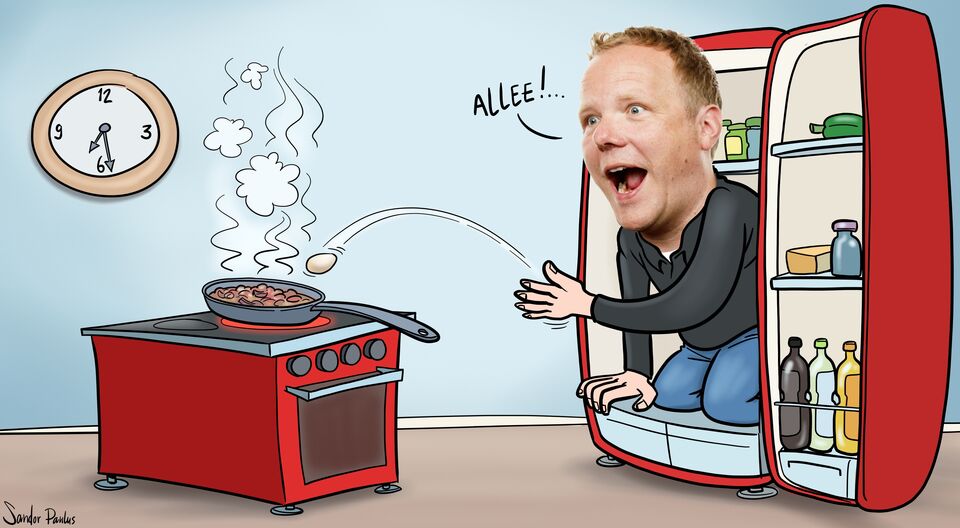Brainmatters | Creativity inside-the-box
Around dinner time my wife and I always like to watch Australian Master Chef, while knocking together our own food during the commercial breaks. A well-known item from this popular cooking contest is the Mystery Box – a box containing a very limited set of ingredients that the contestants have to cook with. And then it turns out that you can compose the nicest dishes with licorice, fennel, sesame seed and red port. On some occasions the contestants are given an empty box. Then they have a free rein and can go ahead using their own imagination to the full. At such moments a number of candidates completely lose it and literally and figuratively make a complete mess of it. Out-of-the-box thinking is by no means easy.
Many students and scientists know the feeling. The intimidating empty page. The well-nigh infinite possibilities and yet the vain waiting for that spark of inspiration. How to formulate that first sentence, the first paragraph? In that case, paradoxical though it may sound, the structure and limitations imposed by the standard format of scientific reports can make life easier. However, if your piece is not subject to an externally imposed structure - a book, an inaugural lecture, a column – it may help to impose some restrictions upon yourself. A nettling example of an extreme limitation would be: write a full story in six words. The most widely known and perhaps the most beautiful story is attributed to Ernest Hemingway: ‘For sale: Baby shoes. Never worn’.
The traditional view of creativity is that it comes to full fruition when given total freedom - an open, unstructured process with time and space enough to play with ideas. External limitations such as pressure of time are fundamentally wrong, according to this train of thought, for that is when people fall back on their routine and you only end up with superficial results which are hardly surprising.
A more recent, alternative view is that restrictions, whether external or self-imposed, can indeed be an engine driving creativity. Meanwhile there is some empirical evidence supporting this view. Psychologist Patricia Stokes speaks of constraints as “barriers that lead to breakthroughs” in creative fields such as music, product design, or architecture. Marissa Meyers, vice-president at Google, claims that this is definitely also true for technical product innovation: “Creativity thrives best when constrained”.
While I am writing this, the clock has marched on to 6.30 p.m. again; Master Chef is about to start. Time to transform some remains from our fridge into something edible within a few commercial breaks, while the candidates on TV are staring at their empty Mystery Box.
Wijnand IJsselsteijn | professor of Cognition and Affect in Human-Technology Interaction


Discussion